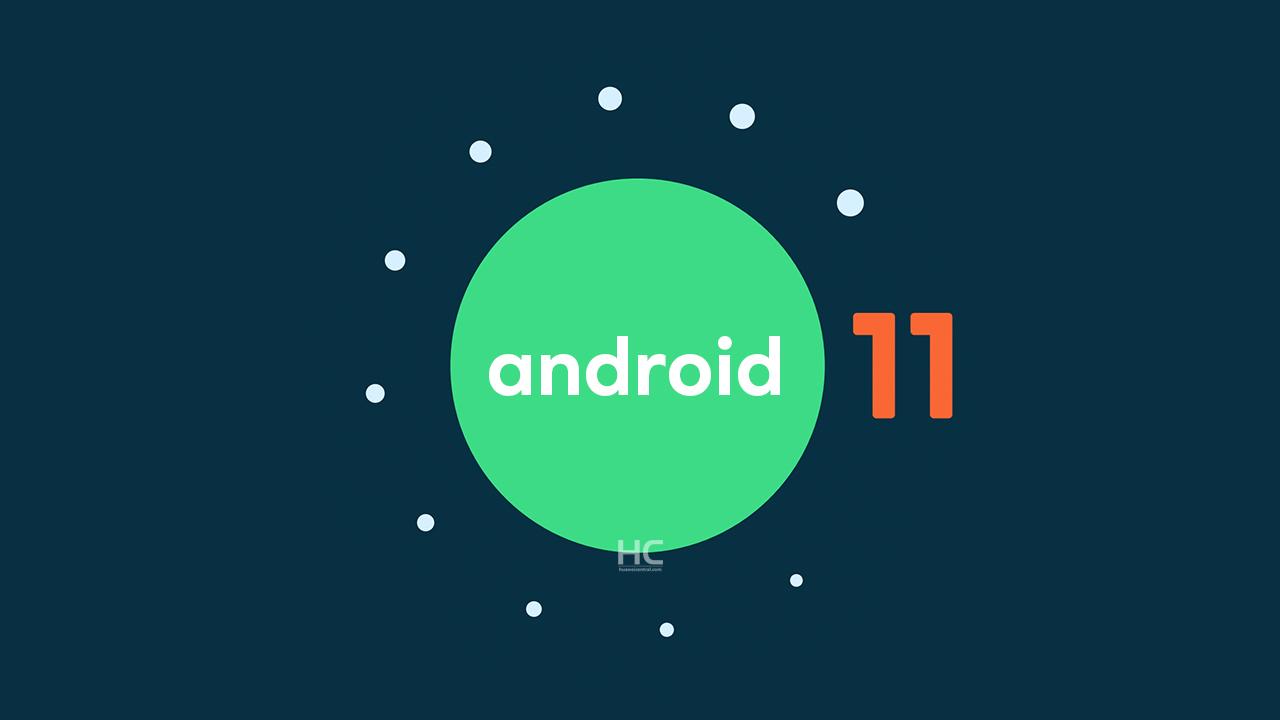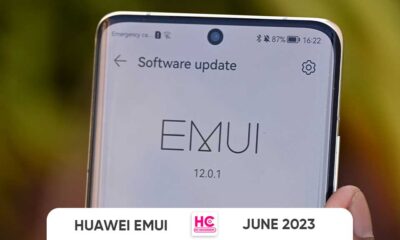Android
Seamless Software Updates in Android 11? Huawei should use it on EMUI 11

Software updates for smartphones become a pain if it’s not installed properly and some times devices get bricked with no solutions in hand. In the past, some of our readers also reported us about these kinds of problems in Huawei and Honor devices.
But there’s a solution to install seamless and fast updates without damaging your phone’s main software and it will come with Android 11.
In 2016, Google introduced seamless updates with Android 7.0 but the company made it optional for Android smartphone makers to use it. The outcome of this optional choice is that most of the smartphone makers including Huawei didn’t inherit seamless updates.
According to Google’s recent Vendor Test Suite (VTS), an automated test that devices must pass for Google Mobile Services certificate. All smartphone brands will be required to include A/B partitions to support seamless updates starting with Android 11.
How’s Android 11 gonna force all smartphone makers to include seamless software updates?
Starting Android 11, the VTS will check if the device has virtual A/B partition structures to enable seamless updates. VTS will fail the device’s Google Mobile Services (GMS) certificate (on Android 11 or above) if it doesn’t have a Virtual A/B partition.
What is A/B partition?
The use of A/B partition not only allows seamless software updates but it also saves devices from scenarios such as update failure.
The seamless updates feature requires two virtual partitions (A and B) in the device’s storage as the following:
- Partition A – Active partition for your current uses.
- Partition B – InActive partition used to install software updates on the background without any interruption.
When the phone downloads an update, it’s transferred to the second partition (inactive), allowing the user to keep using the phone while the update is being installed in the background.
After the restart, the phone switches from Partition A to Partition B and marks it as active partition with new software.
The benefit of A/B Partitions:
With this capability, a user can keep using the phone while the system update/installs the update in the background. The A/B partition also reduces the boot screen installation at a speed of regular start.
Moreover, it saves your phone from being corrupted or update failed issues. Meanwhile, the damage will be absorbed by the second partition and the first partition remains unaffected by the issue.
What about Huawei?
Due to the US trade ban, Huawei is not under business with Google and doesn’t require GMS certificate to use the Android Open Source Project (AOSP). This means, it may not require to use this new change but nothing is confirmed at the moment.
However, we would like to see the seamless updates in the next version of EMUI – EMUI 11 based on Android 11. The EMUI 11 will launch at Huawei Developer Conference in the second half of 2020 and debut with the Huawei Mate 40 series.







